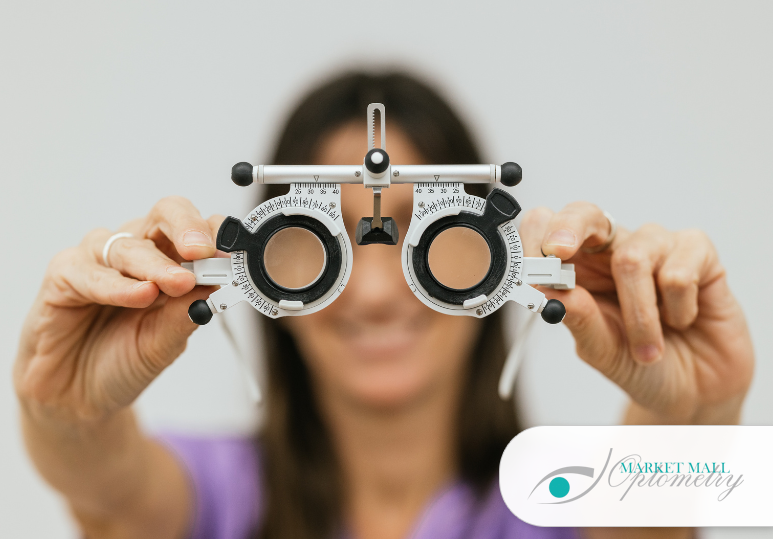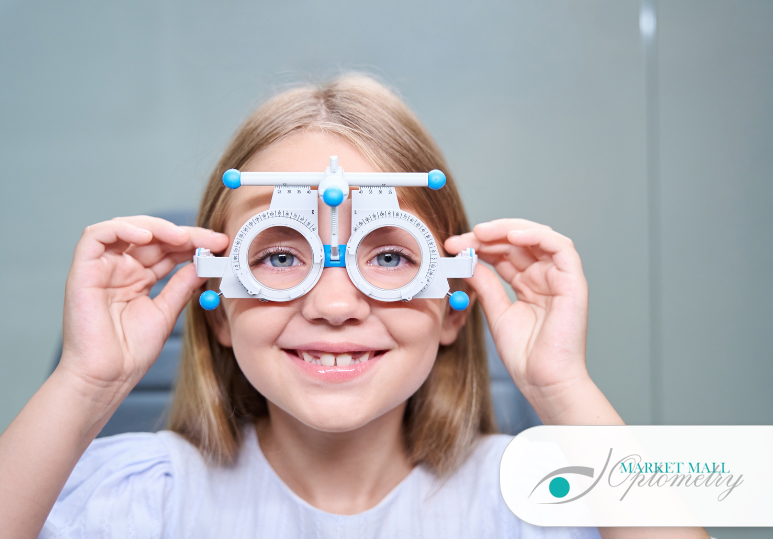Strabismus, or commonly known as crossed eyes, refers to a lack of coordination between the muscles in which the eyes are not properly aligned with each other. Patients with crossed eyes often experience double vision or confusion.
What causes strabismus?
Failure of the eye muscles to work together properly can lead to strabismus. It can also develop due to other eye injuries or general health conditions such as a stroke or neurological problems.
Who is at risk of developing strabismus?
Children under the age of six are most commonly affected by strabismus, appearing during the first 2 years. Adults can also develop strabismus due to eye injuries or general health conditions. Treatment is necessary for correction.
How is strabismus diagnosed?
A comprehensive eye examination can detect early signs of strabismus. We recommend infants have their first eye examination at six months, followed by yearly checkups after the age of three. Parents noticing any slight misalignment of children’s eyes should contact us as soon as possible.
How can strabismus be treated?
There are varieties of methods to treat strabismus if the problem is detected early. Treatments include eyeglasses, prism lenses, vision therapy and surgery.




